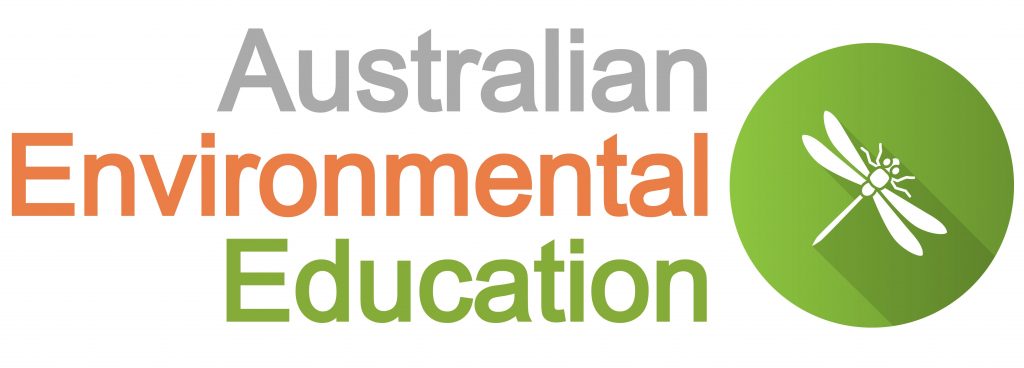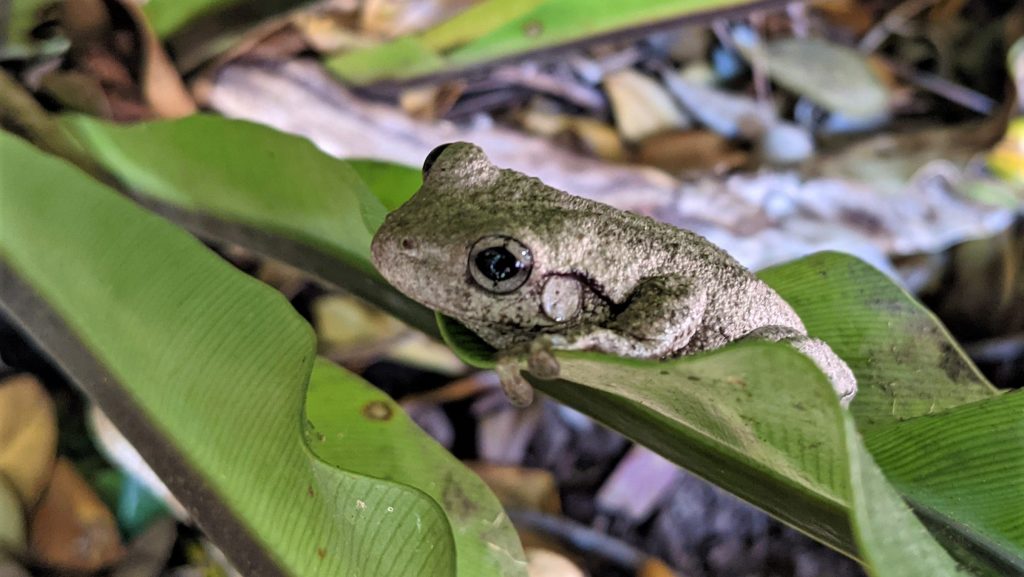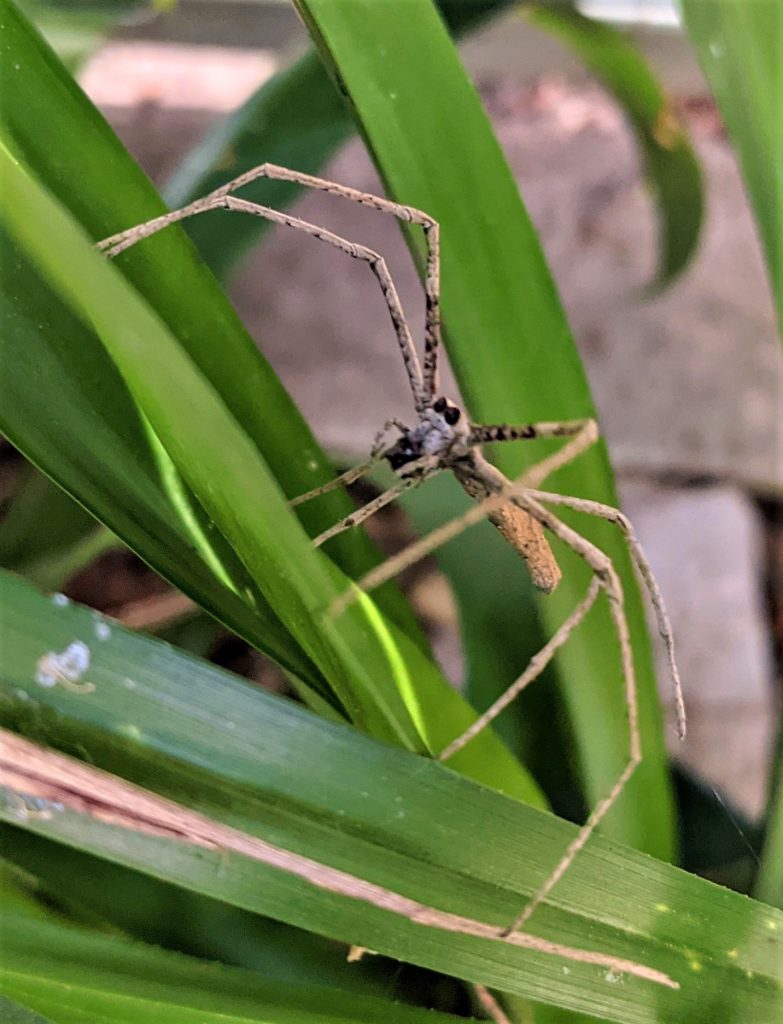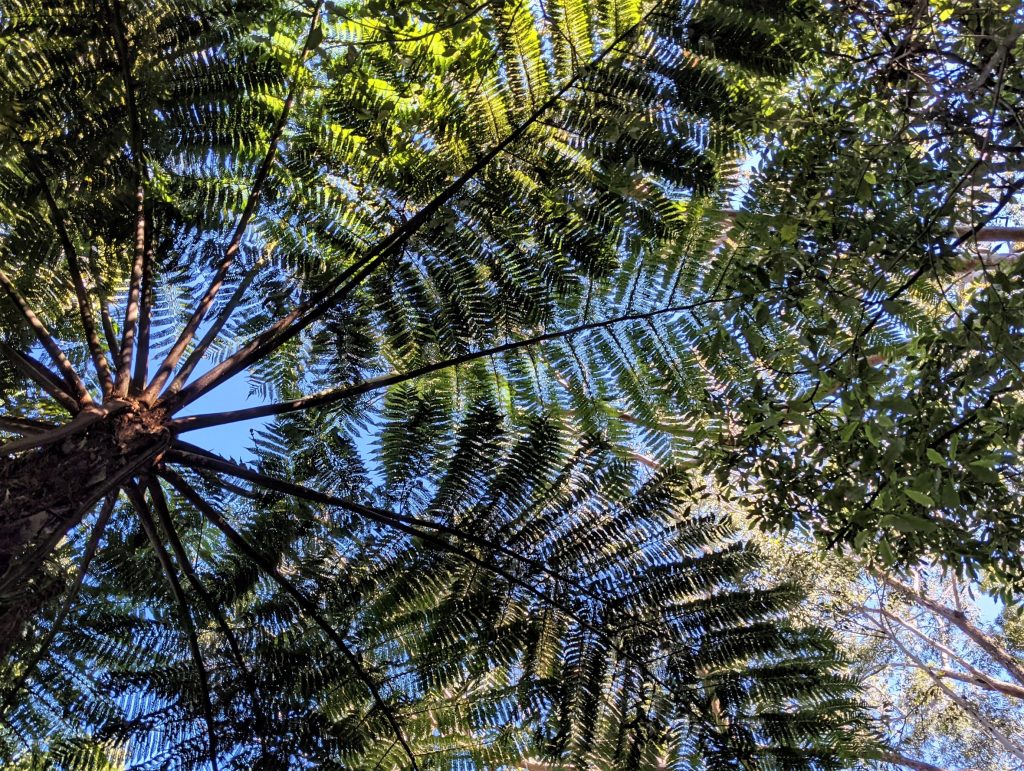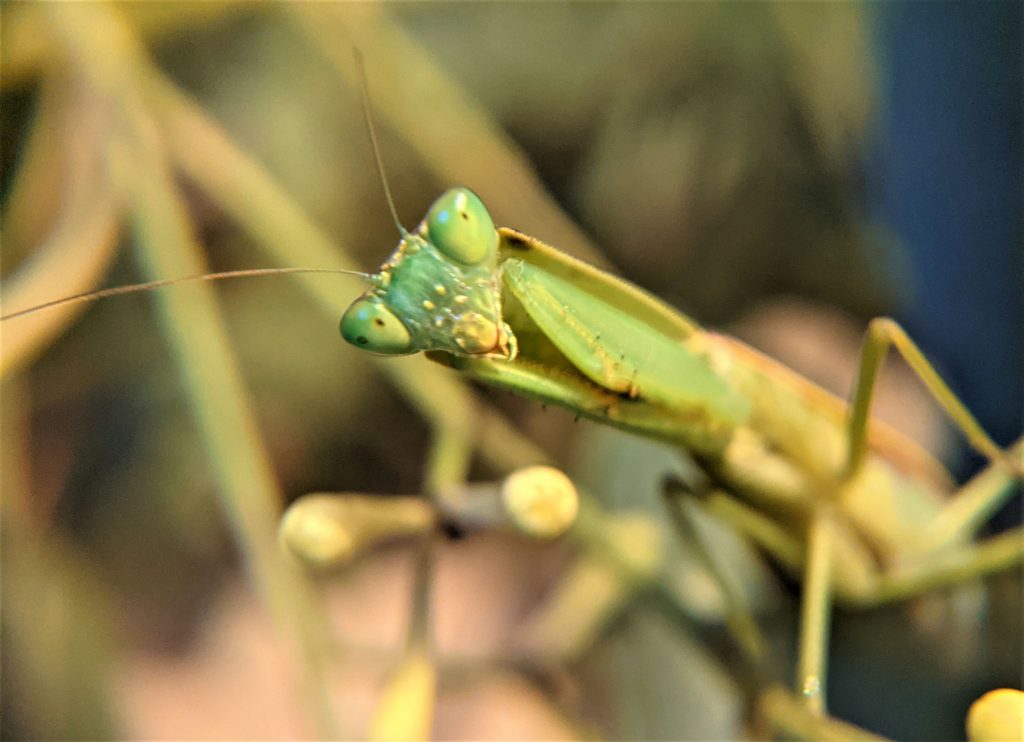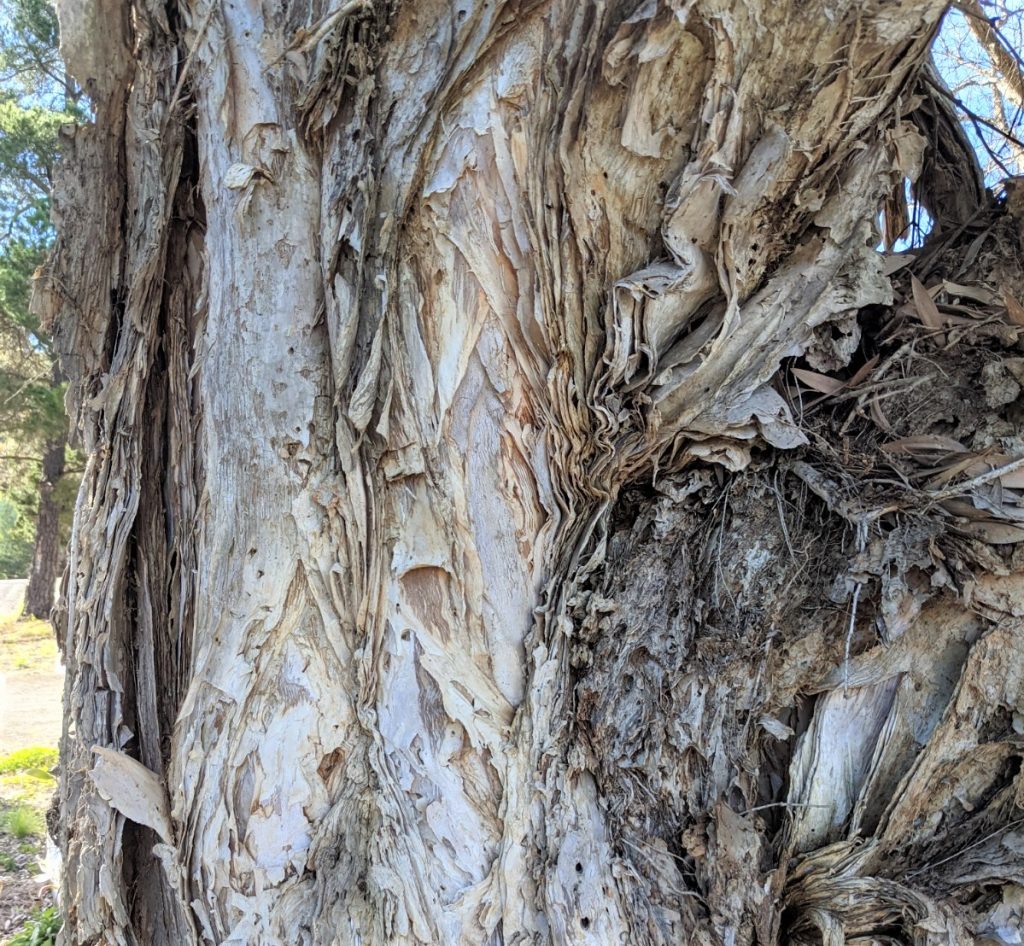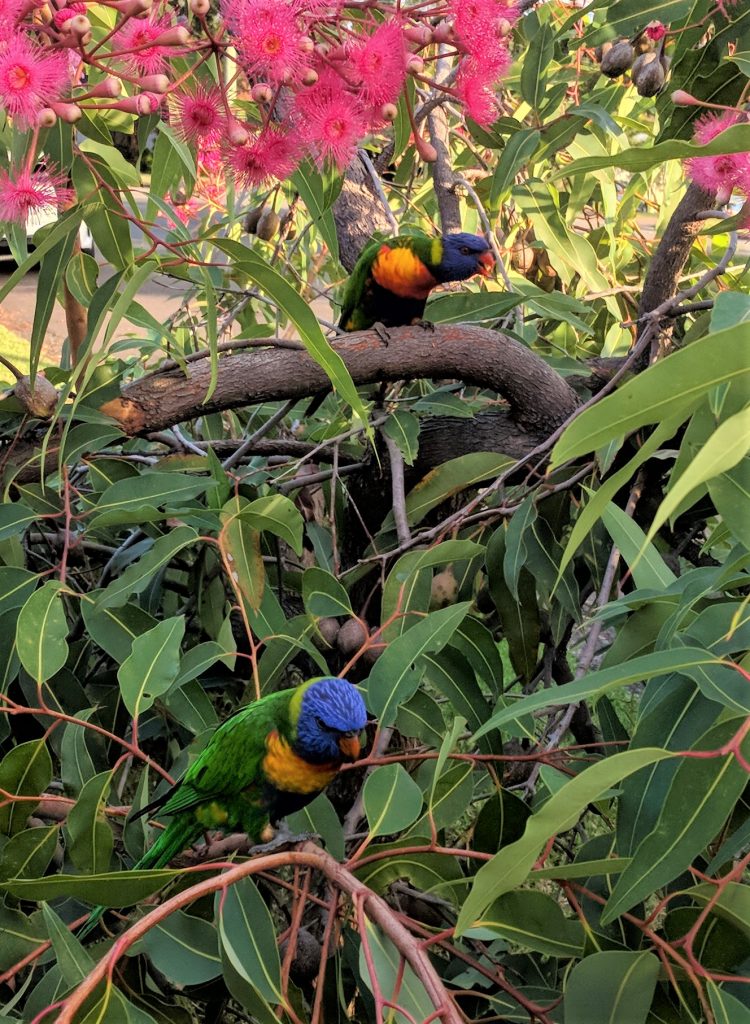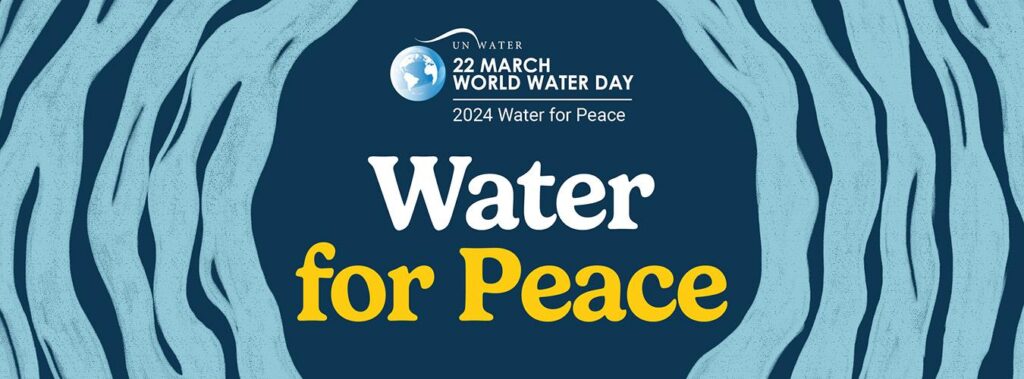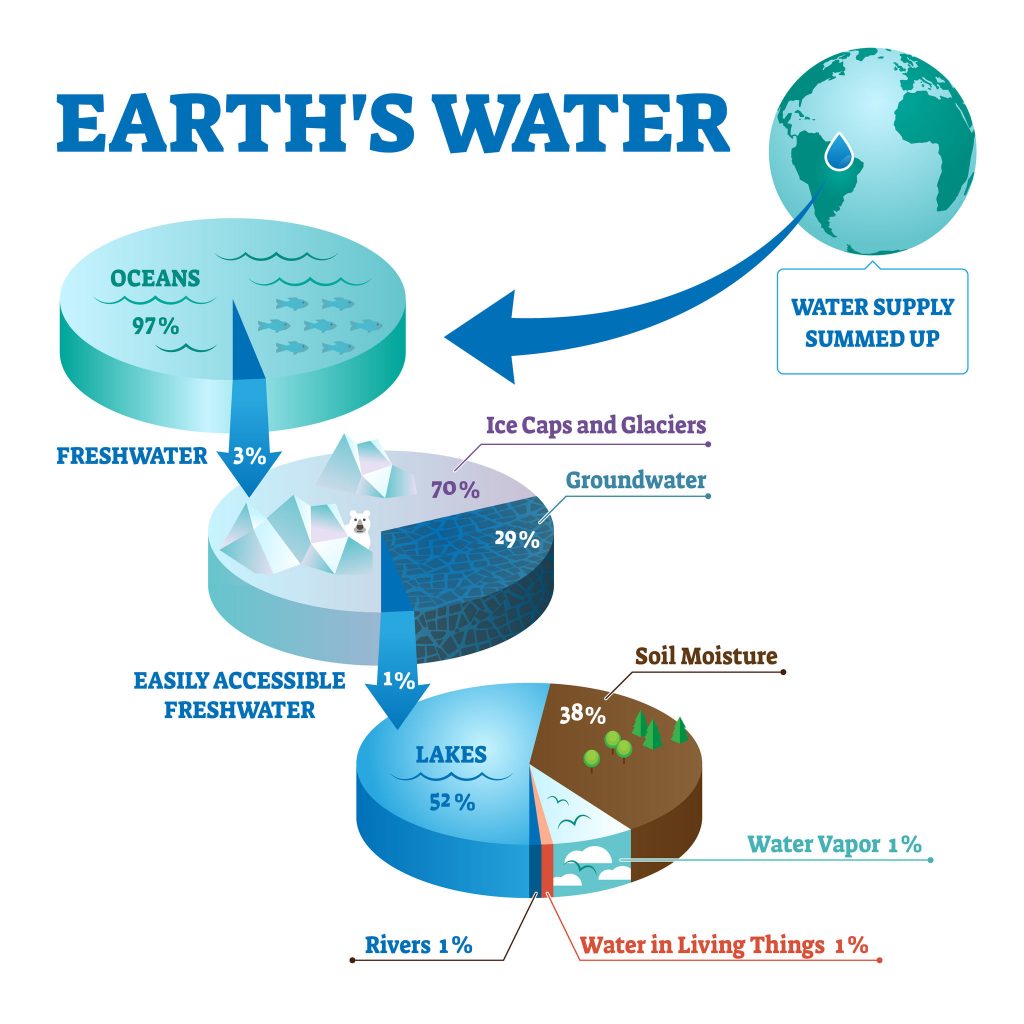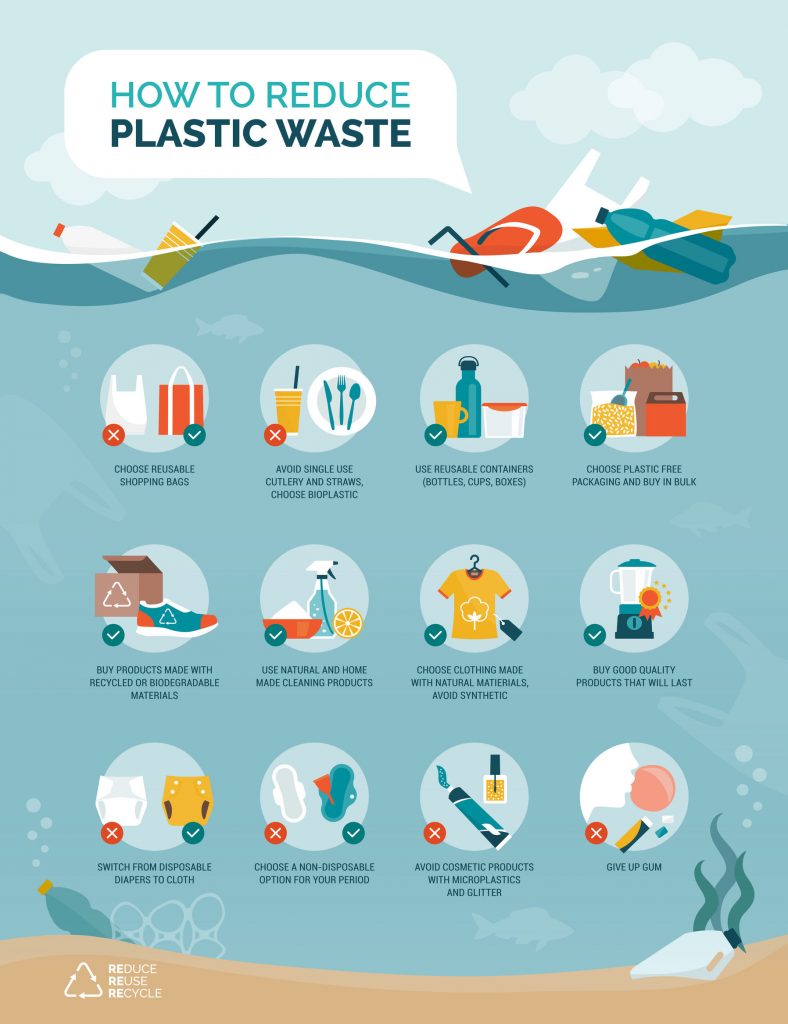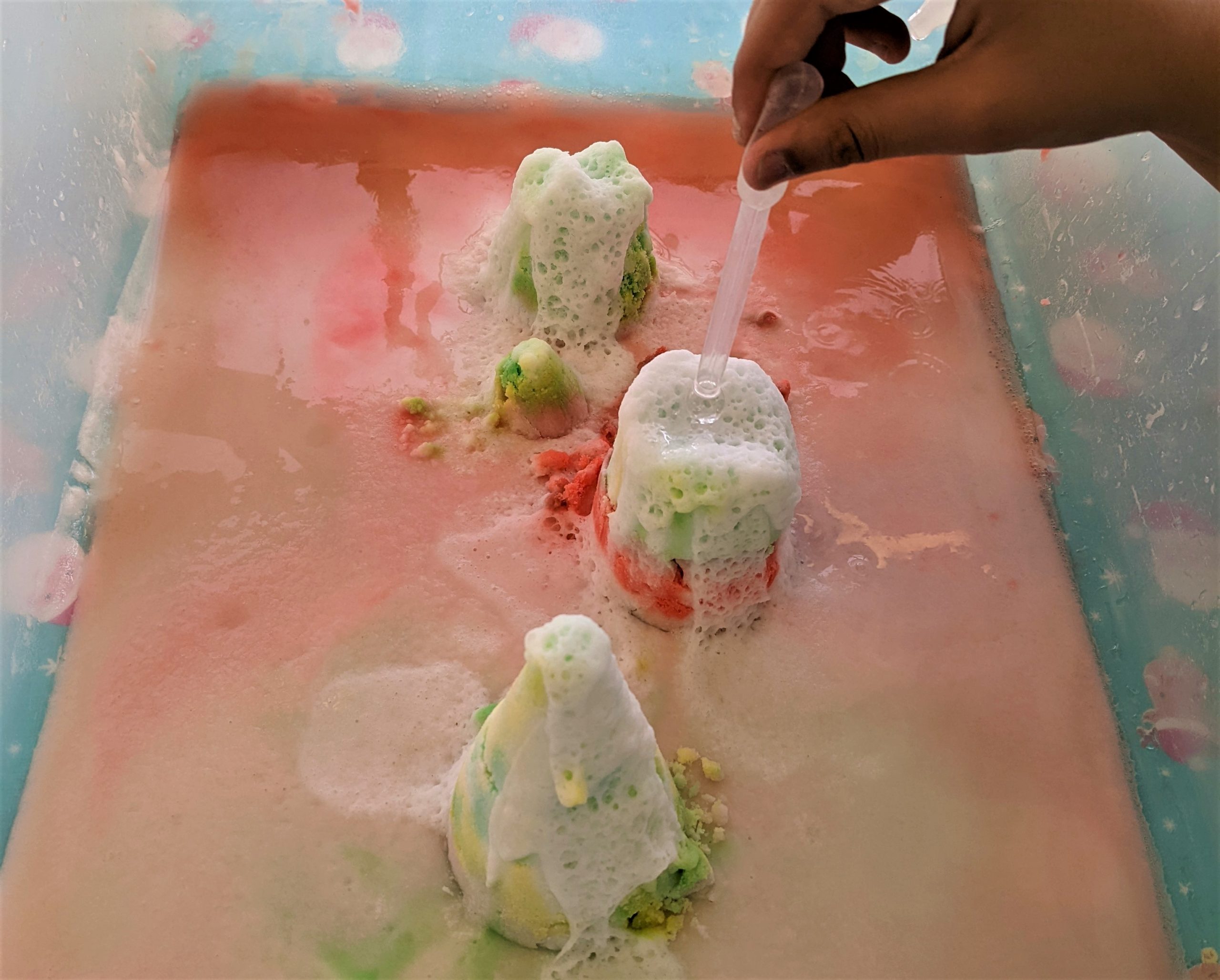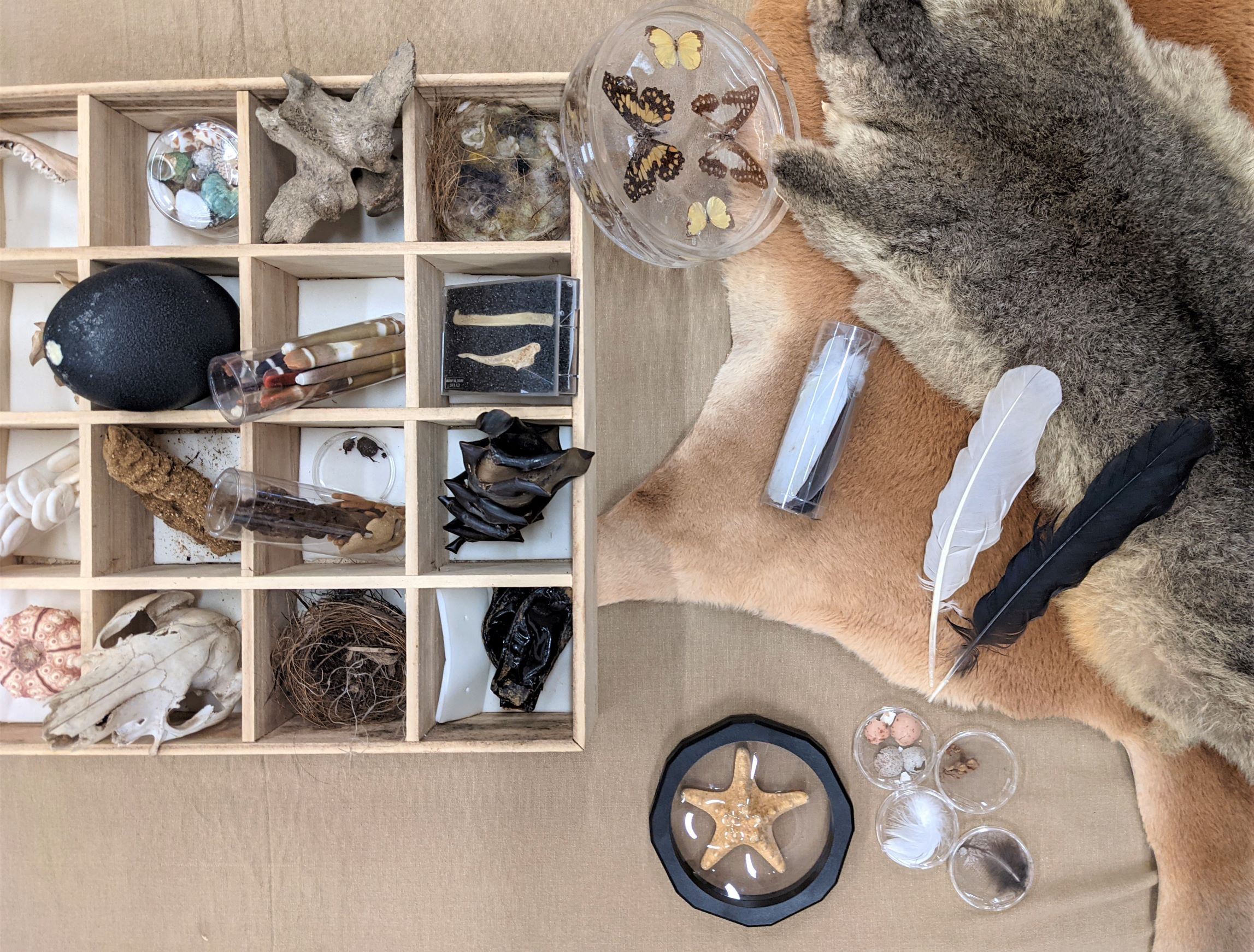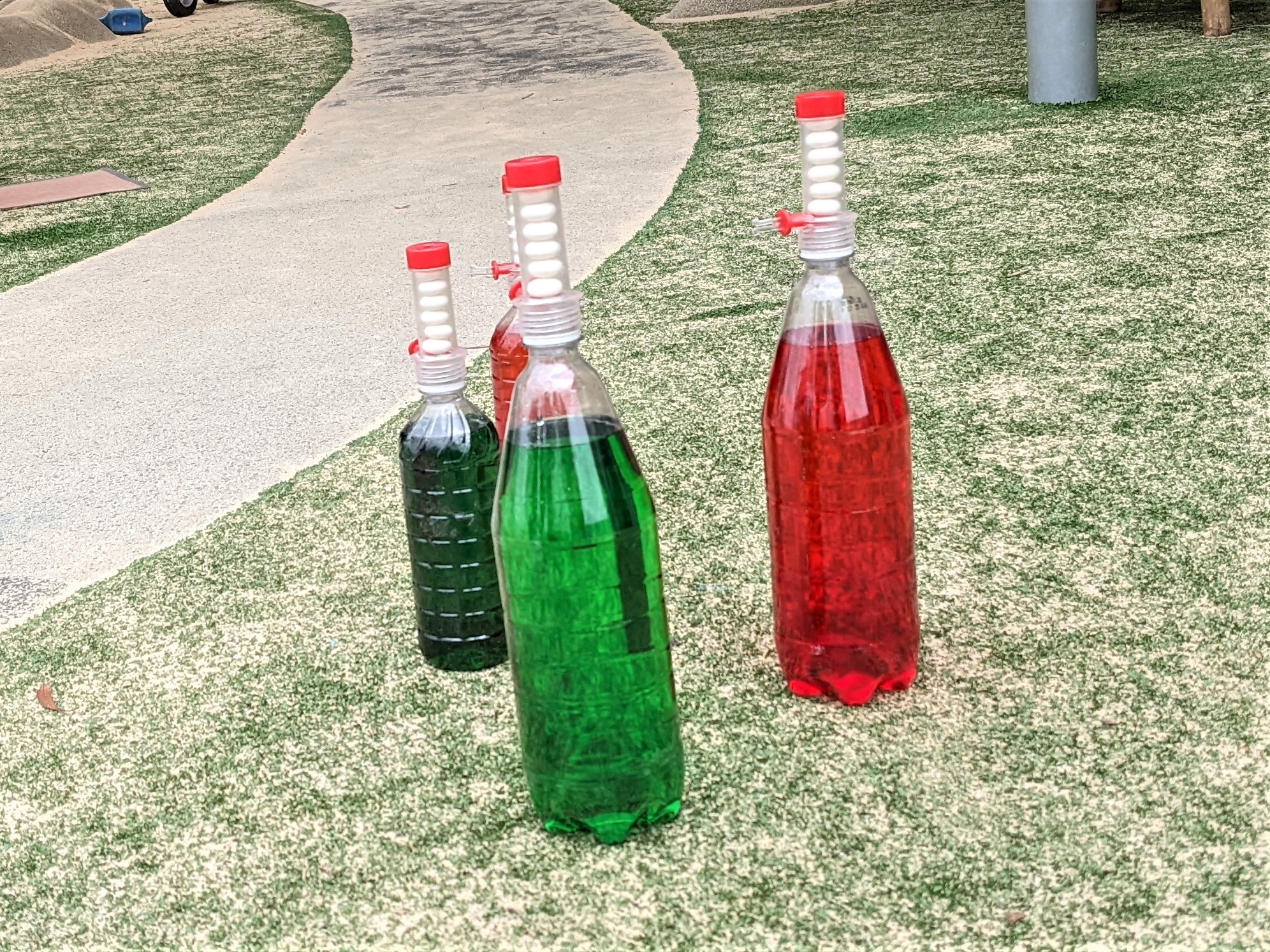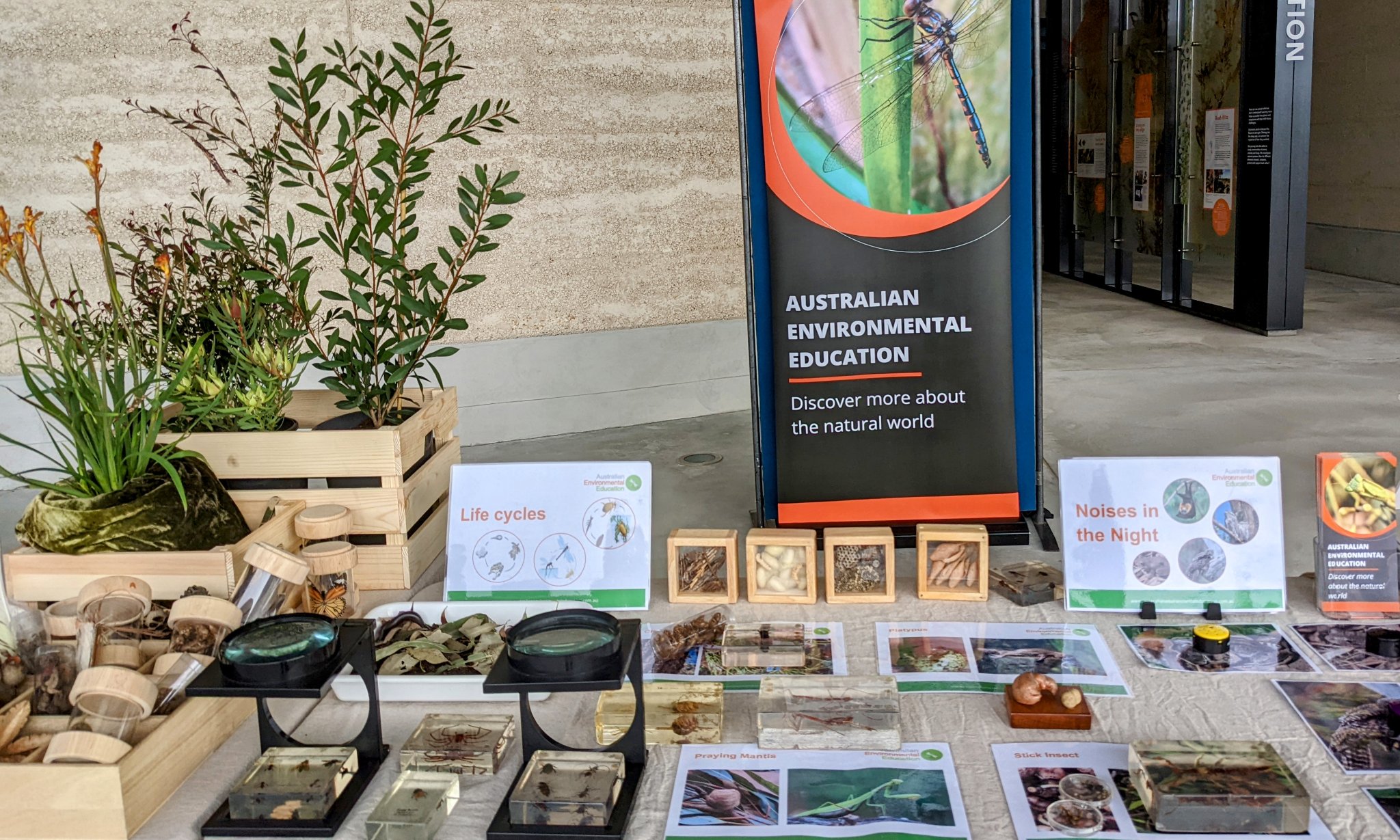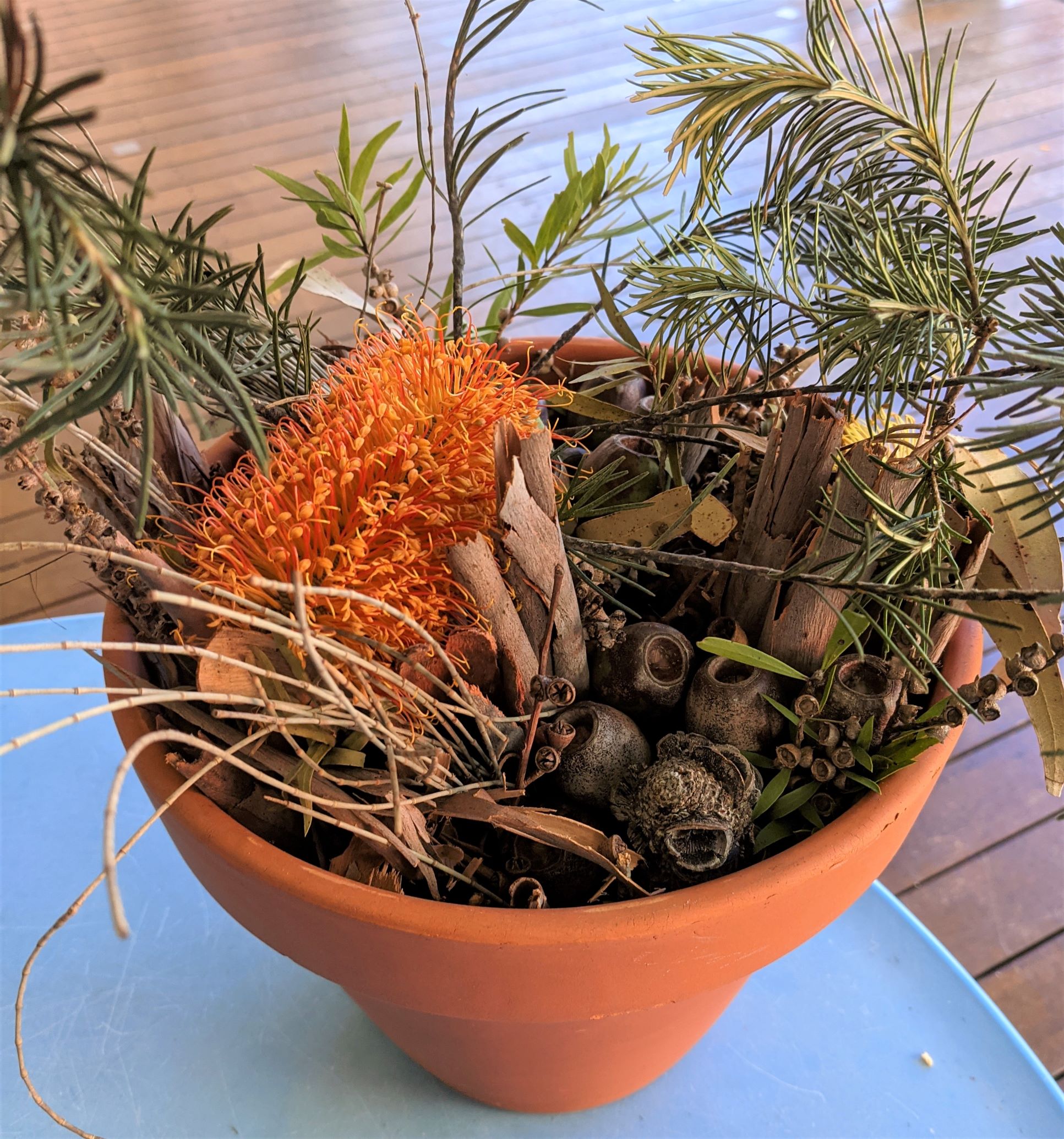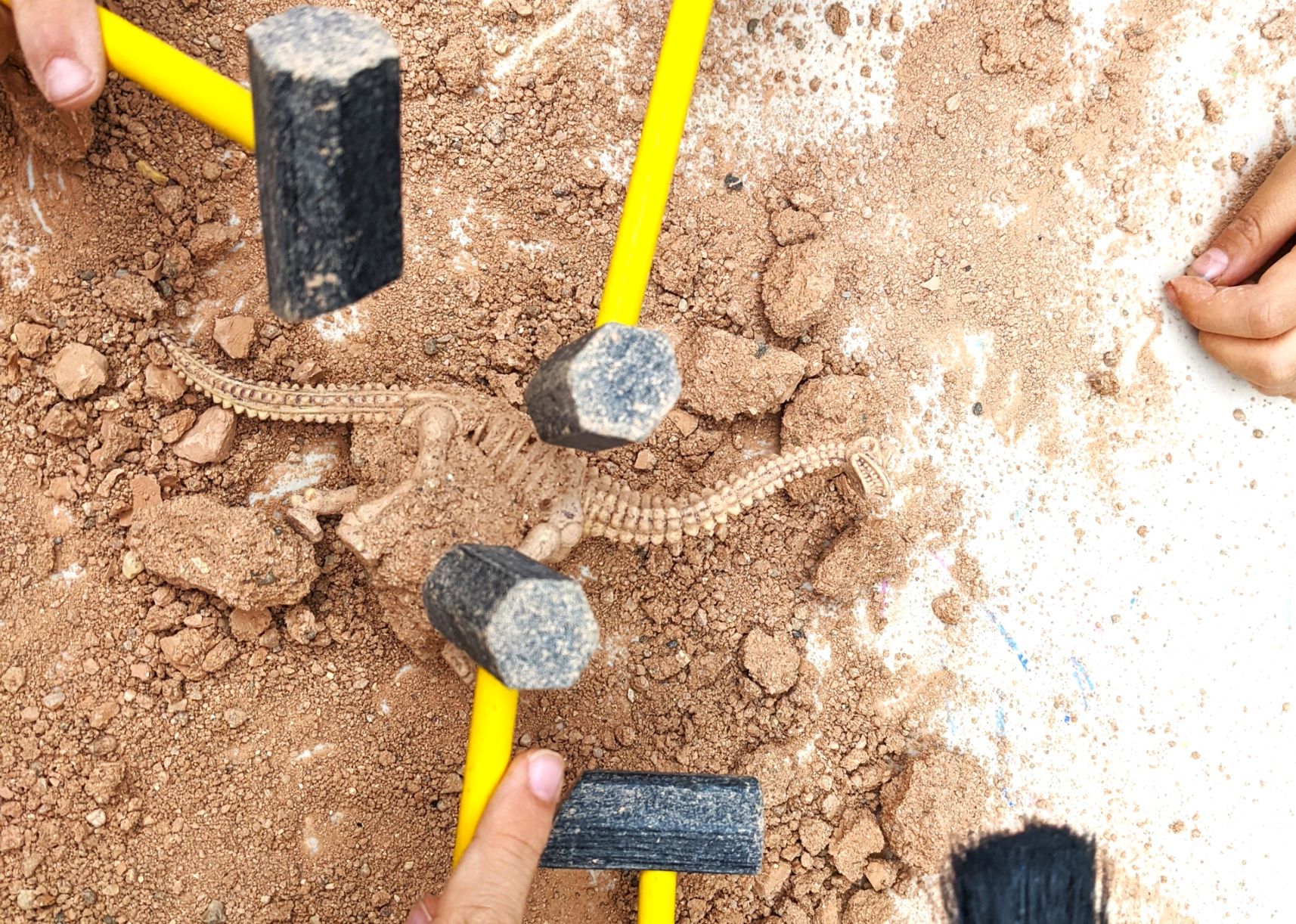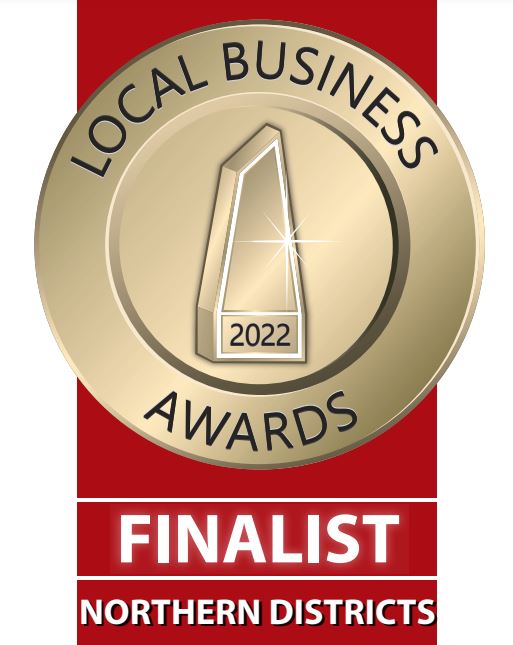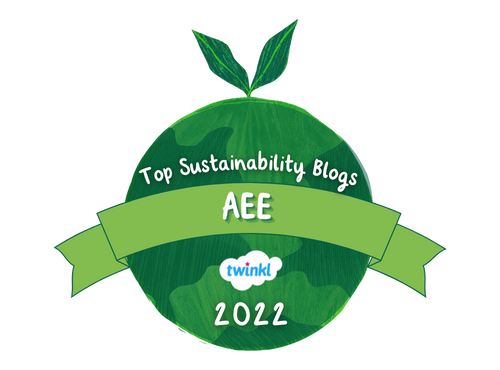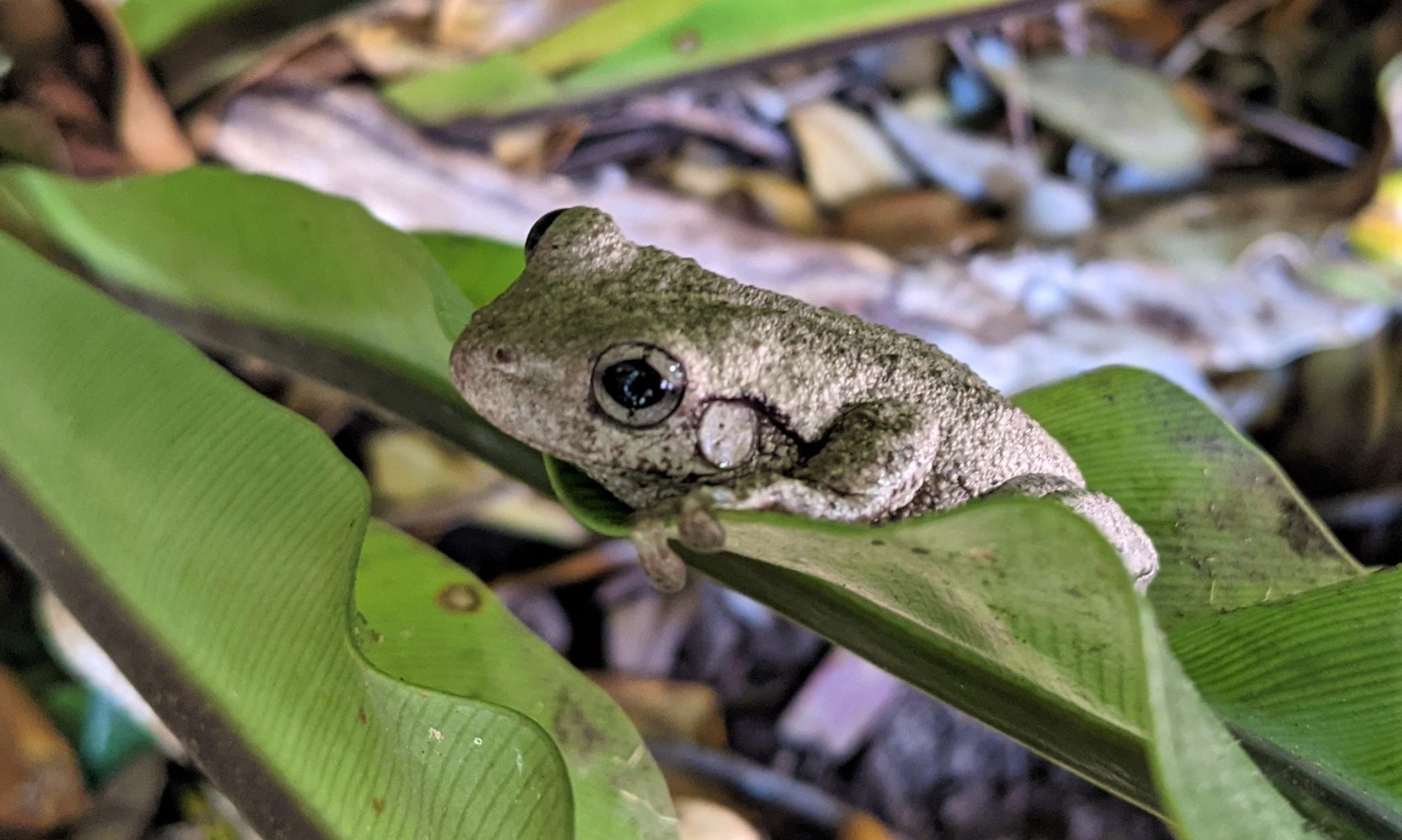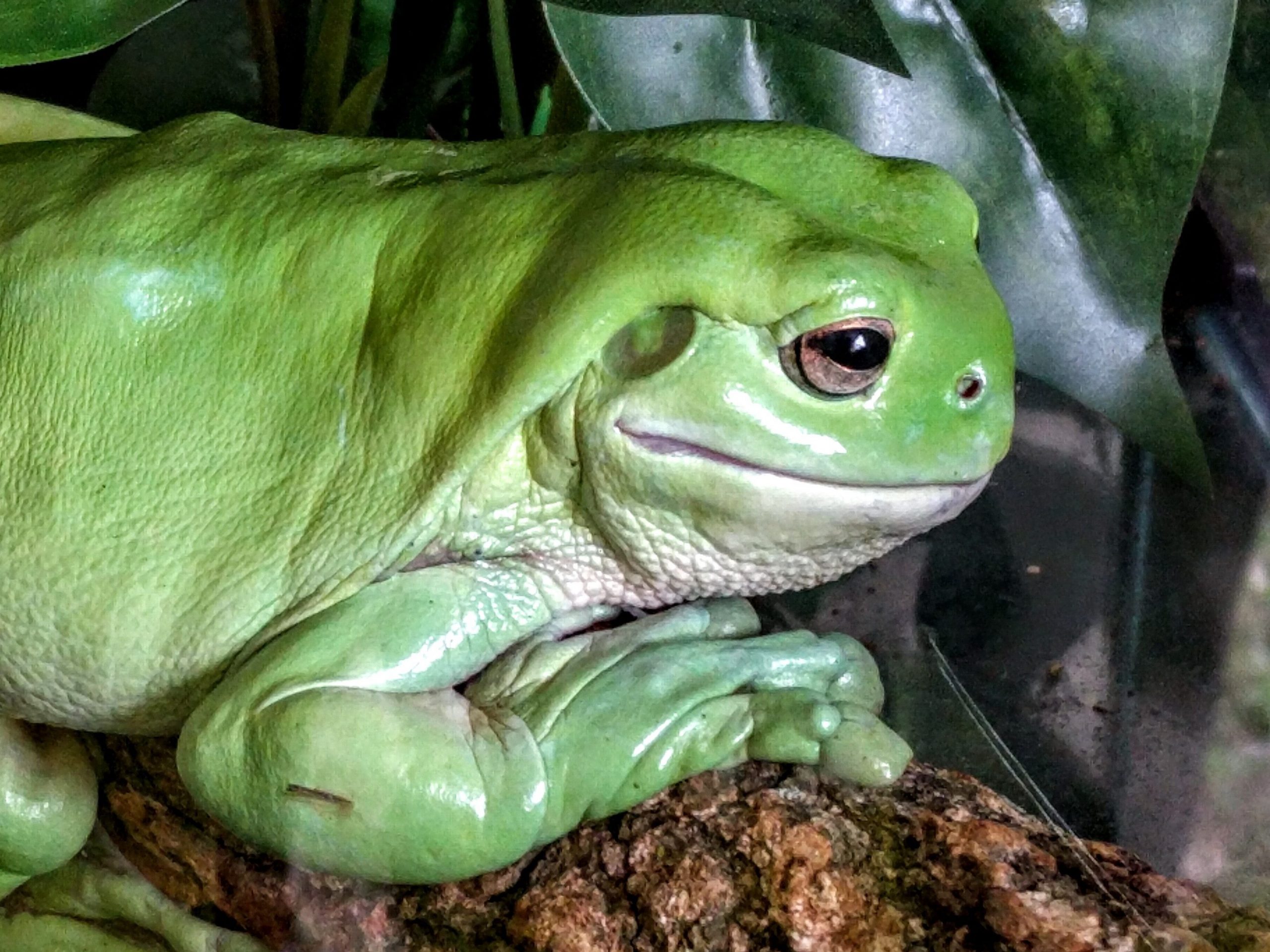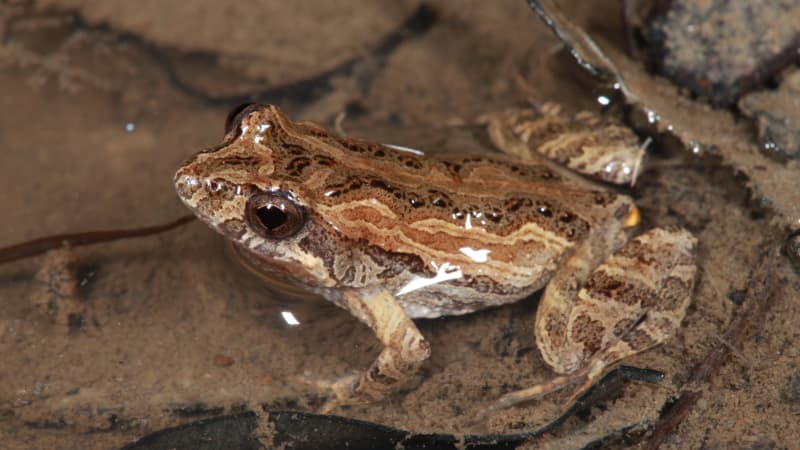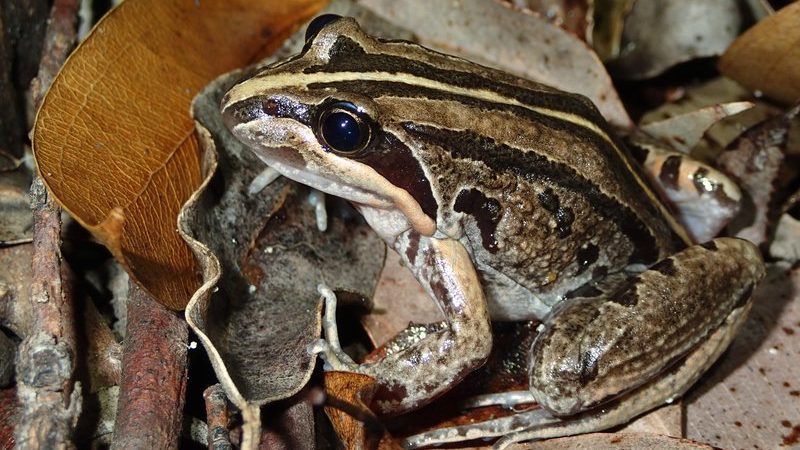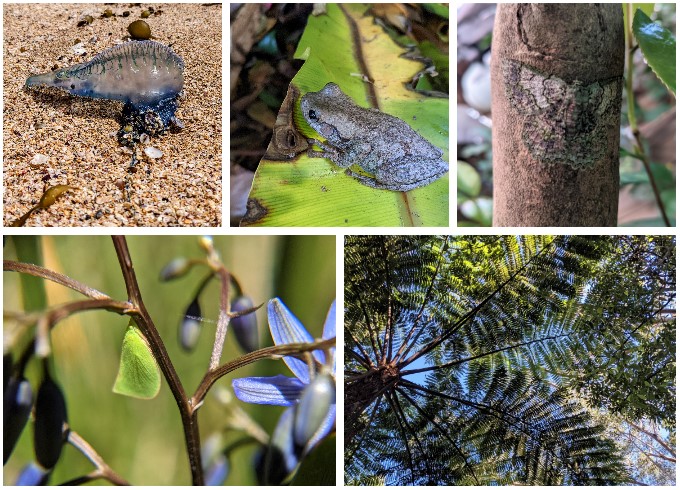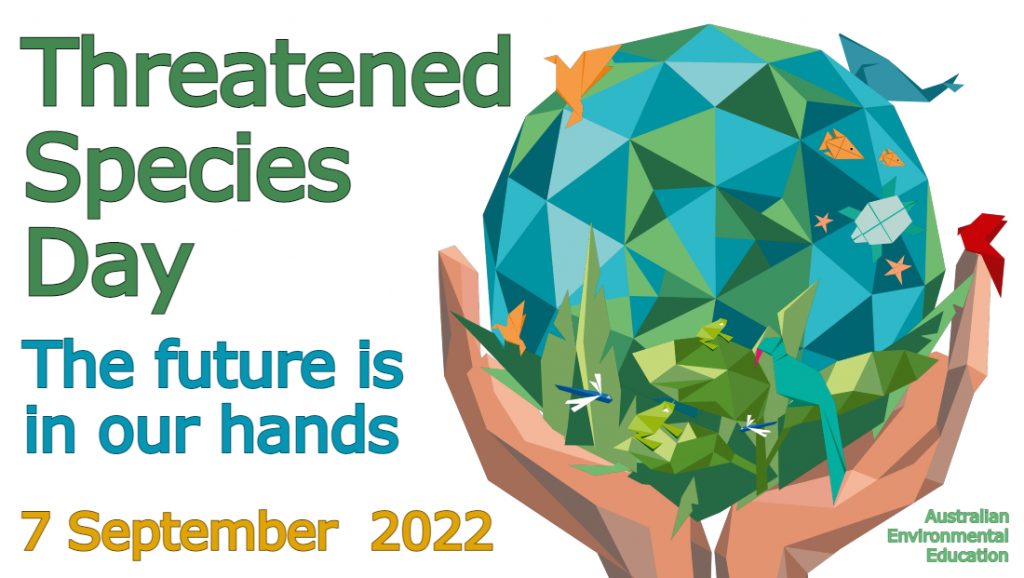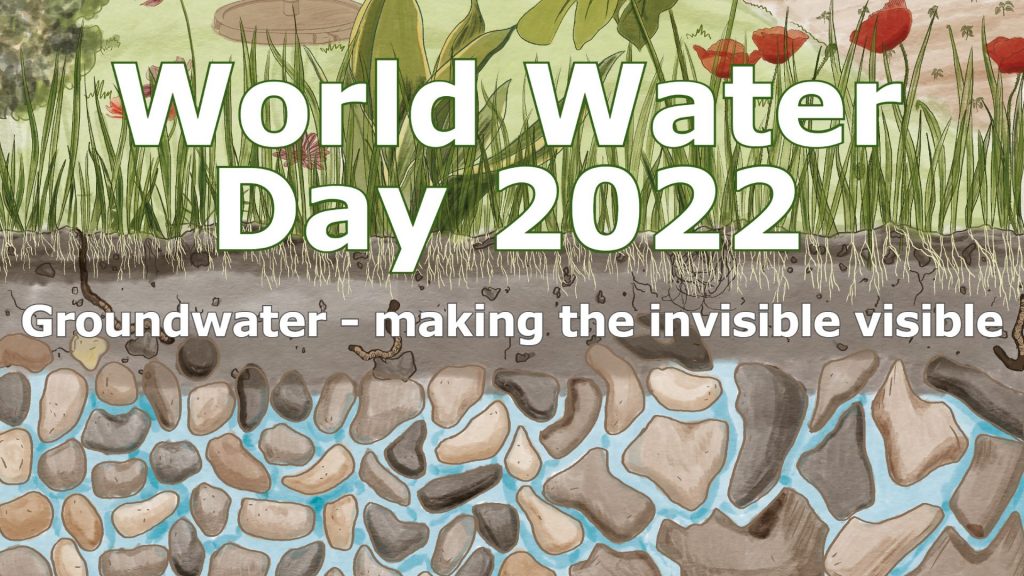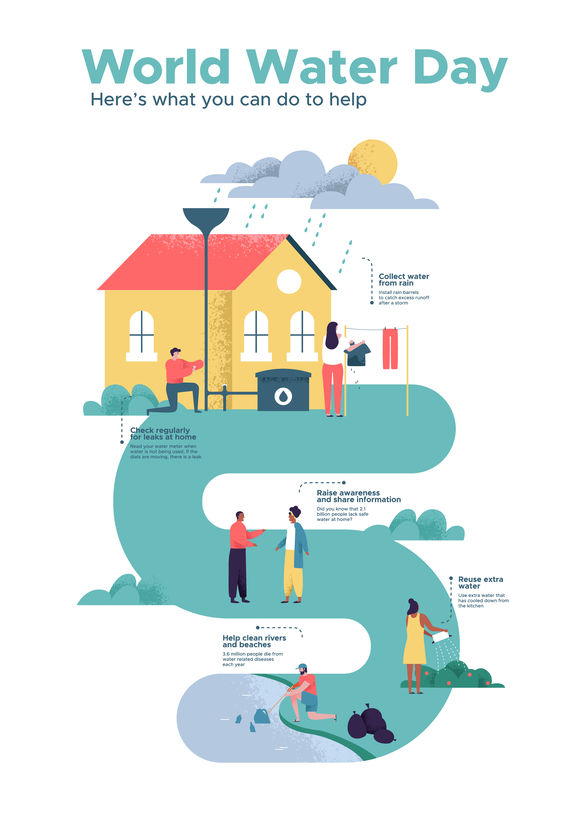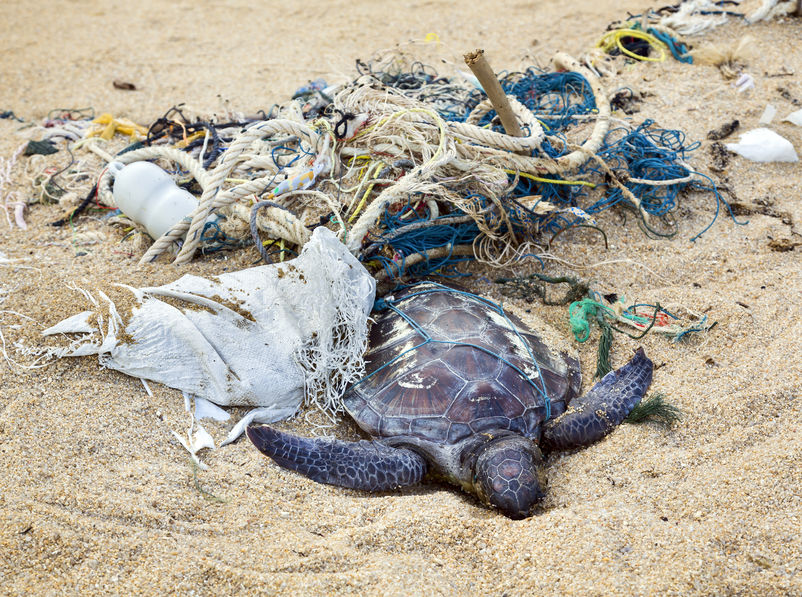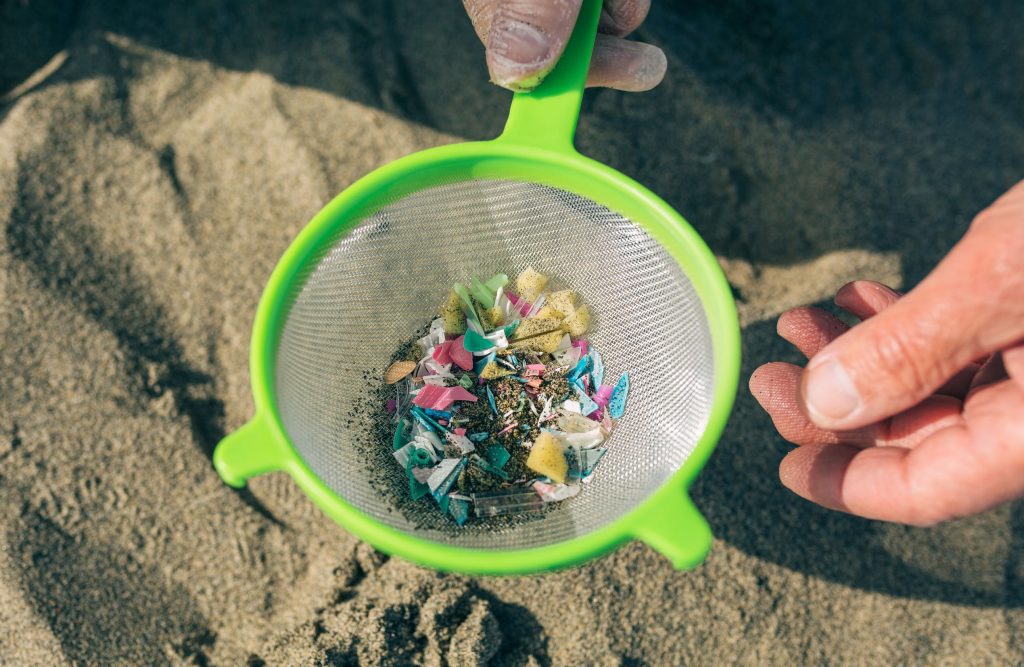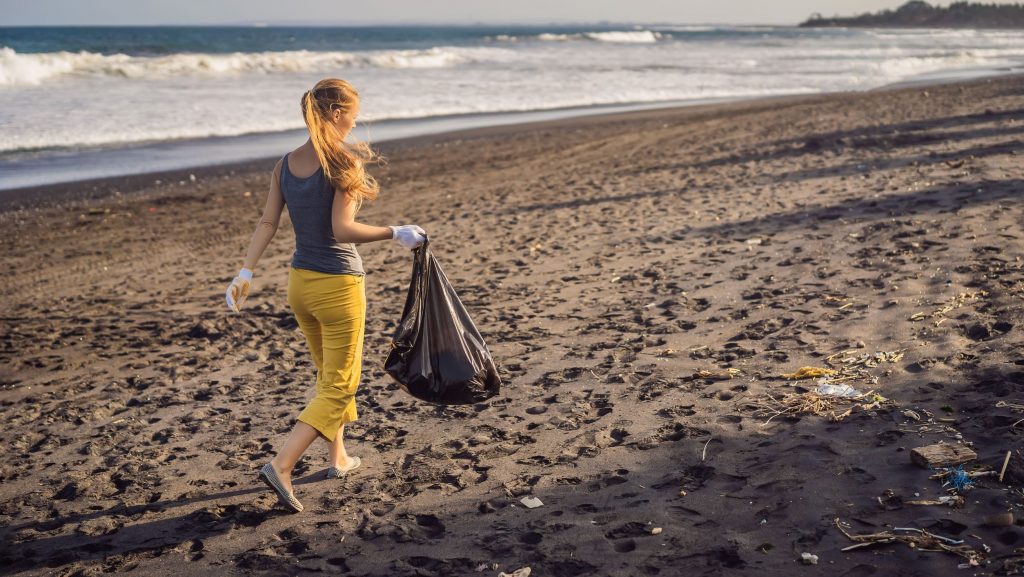What a week, but really I should say what a month! August has been awesome, with so many events and programs linked to National Tree Planting Day, National Science Week and Book Week.
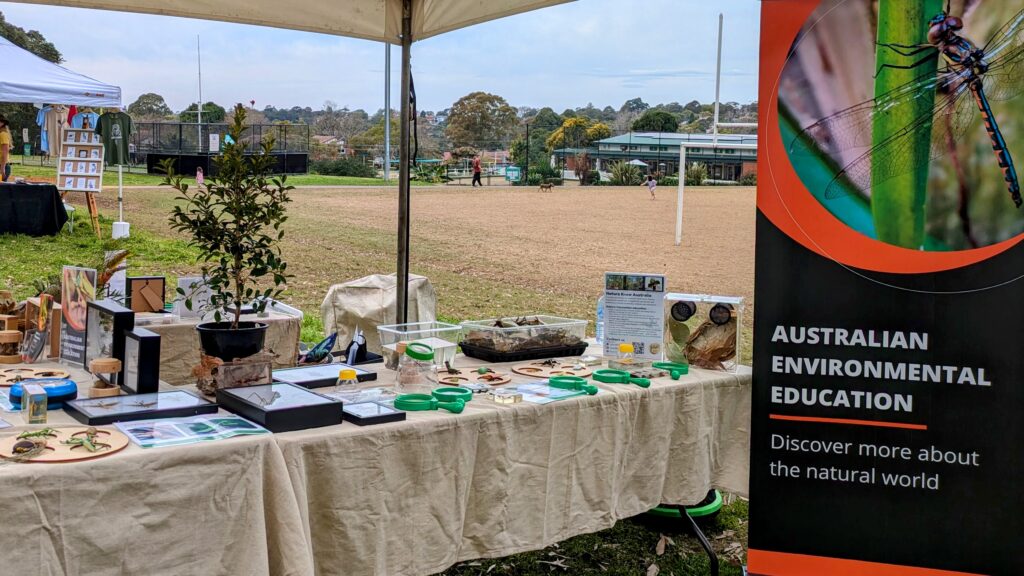
It was wonderful to be back at the Rhodes Science Festival with Mary Bell from Nature Knows for National Science Week. We always have so much fun talking to visitors and there is always a great vibe at the event.
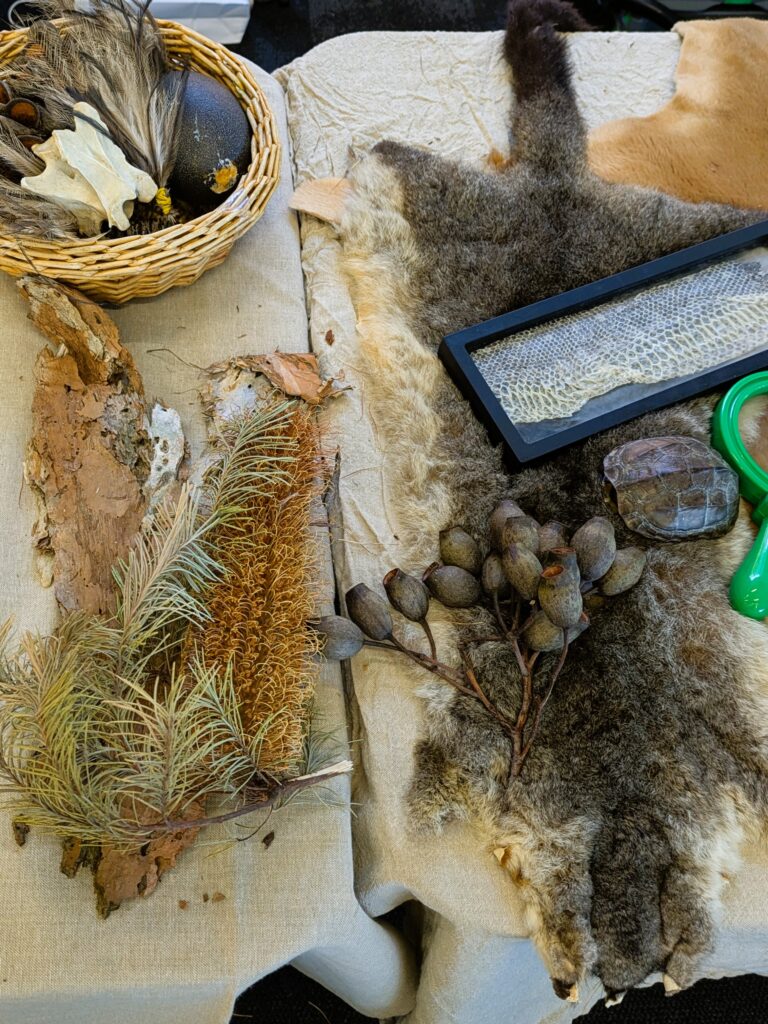
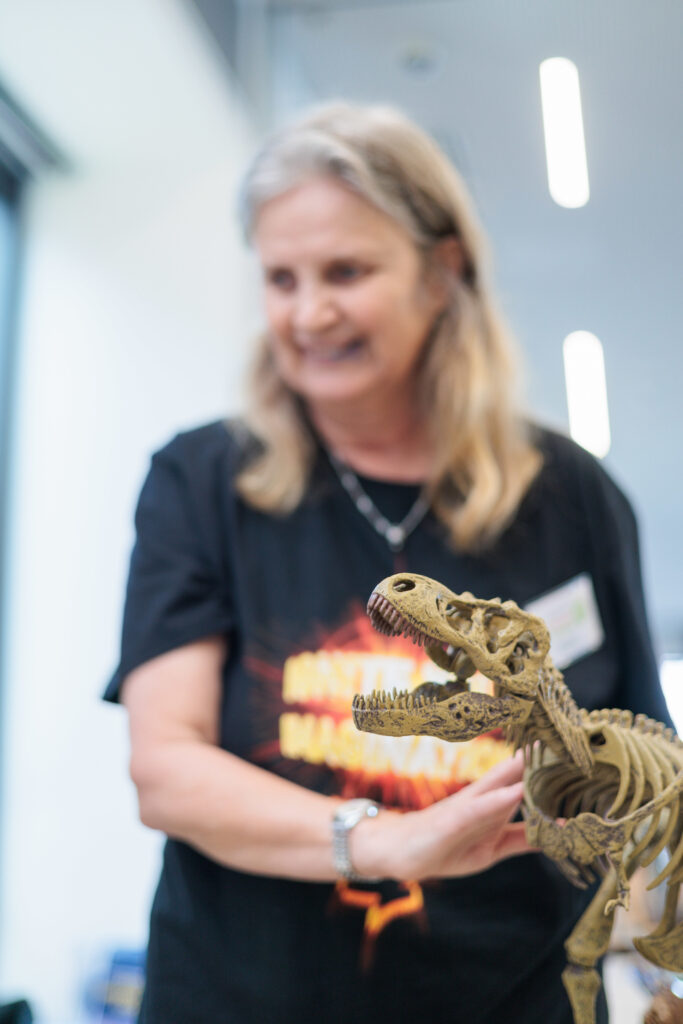
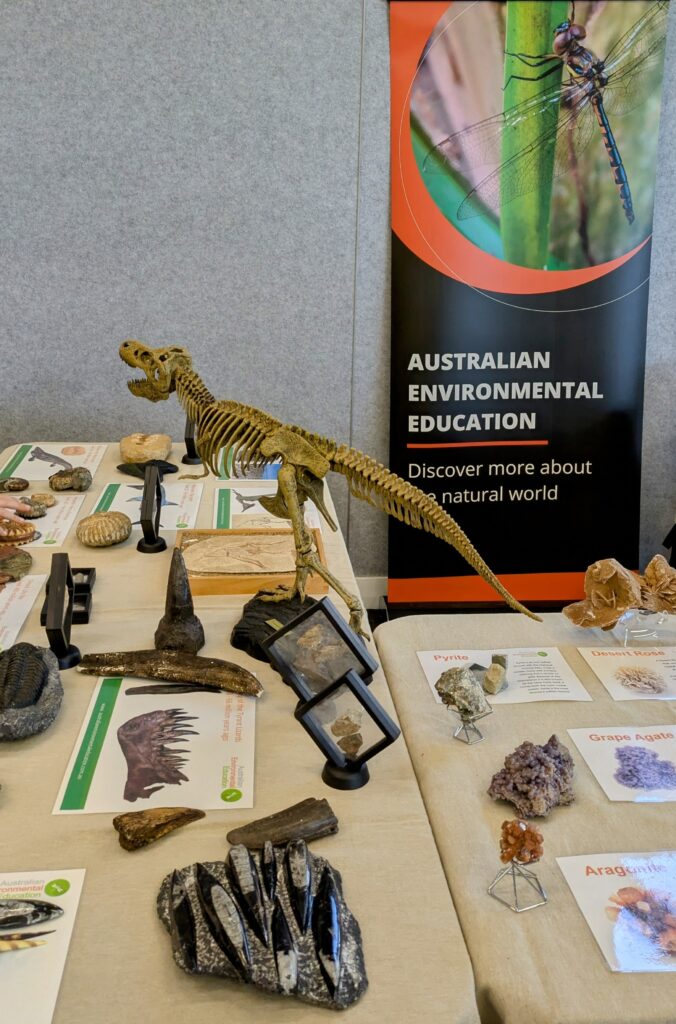
I presented the What’s in your Backyard virtual excursion for SciFest 2024, celebrating National Science Week. Almost 4000 students were registered for the event and many classes have followed up and watch the recording below.
I also created and delivered amazing series of online trivia events for SciFest 2024. I did 4 session linking to the National Science Week Theme Species Survival – More Than Just Sustainability. There were over 6500 students register across, Biology trivia, Australian Animal trivia, Plant life trivia and Environmental trivia.
It was great to be able to follow up from National Tree Planting Day and do some school tree planting with Greening Australia. Tree Planting enables people to make new habitat zones, improve green spaces, increases shade and creates connection to nature. There are so many ecological and social benefits from tree planting and it is great to be involved in Greening Australia’s Cooling the School program.
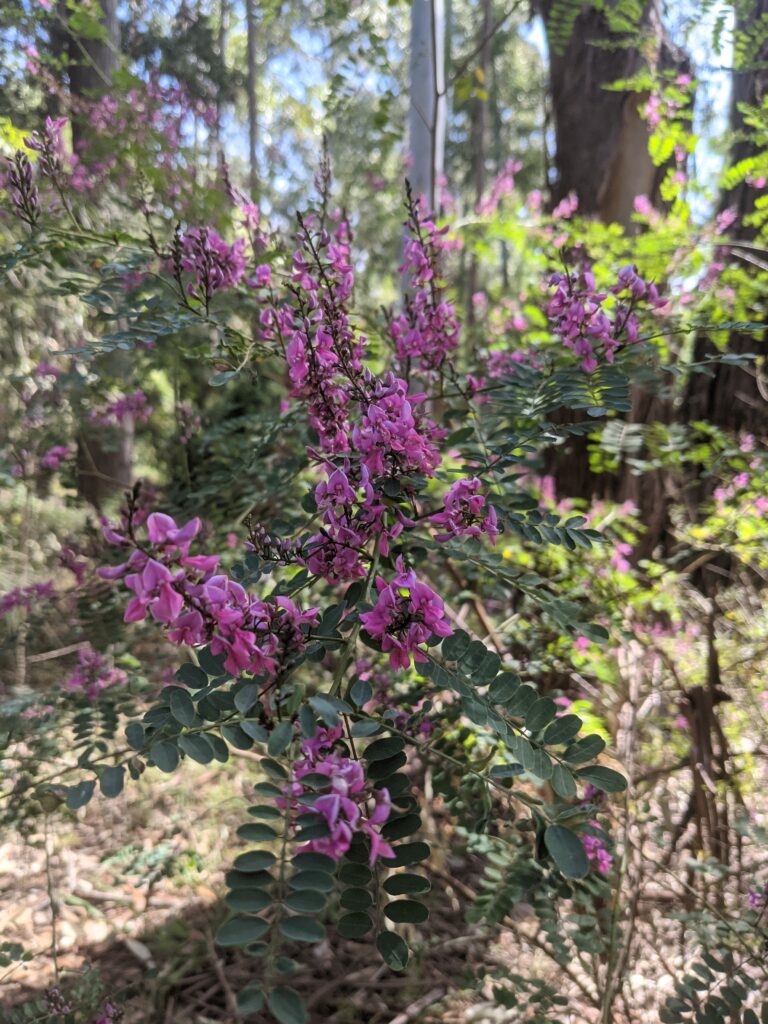
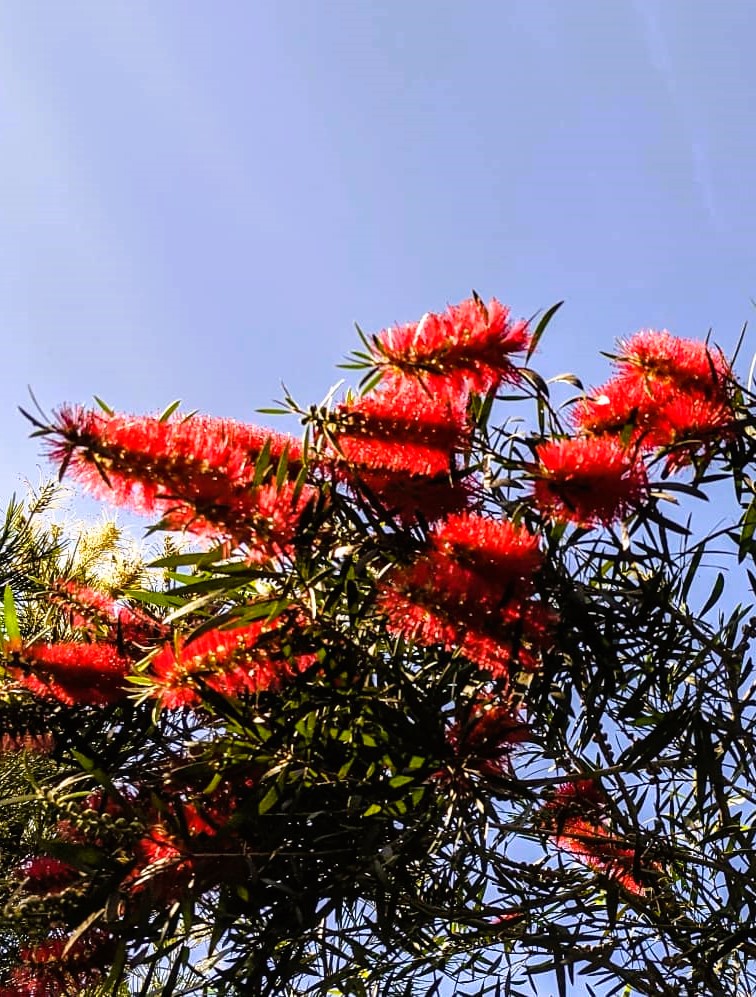

Cooling the Schools is an initiative delivered by Greening Australia and funded by the NSW Department of Planning, Housing and Infrastructure. Watch a short video from Ferncourt Public School about there Colling the Schools experience.
I delivered a STEM family activities with Little Scientist at an early childhood centre on the Central Coast NSW. There were 80 children participating in 4 inquiry based learning activities across the afternoon. Children were constructing towers or creating a tool to carry a ping pong ball around an obstacle course. Everyone had a lot of fun.
I wrapped up August with the Willoughby Fauna Fair. This year was the 20th anniversary of the event. The What’s in your Backyard display and Nature Craft activity fit perfectly into this year’s theme Our Awesome Urban Survivors and celebrated the resilience and adaptability of wildlife in urban environments.
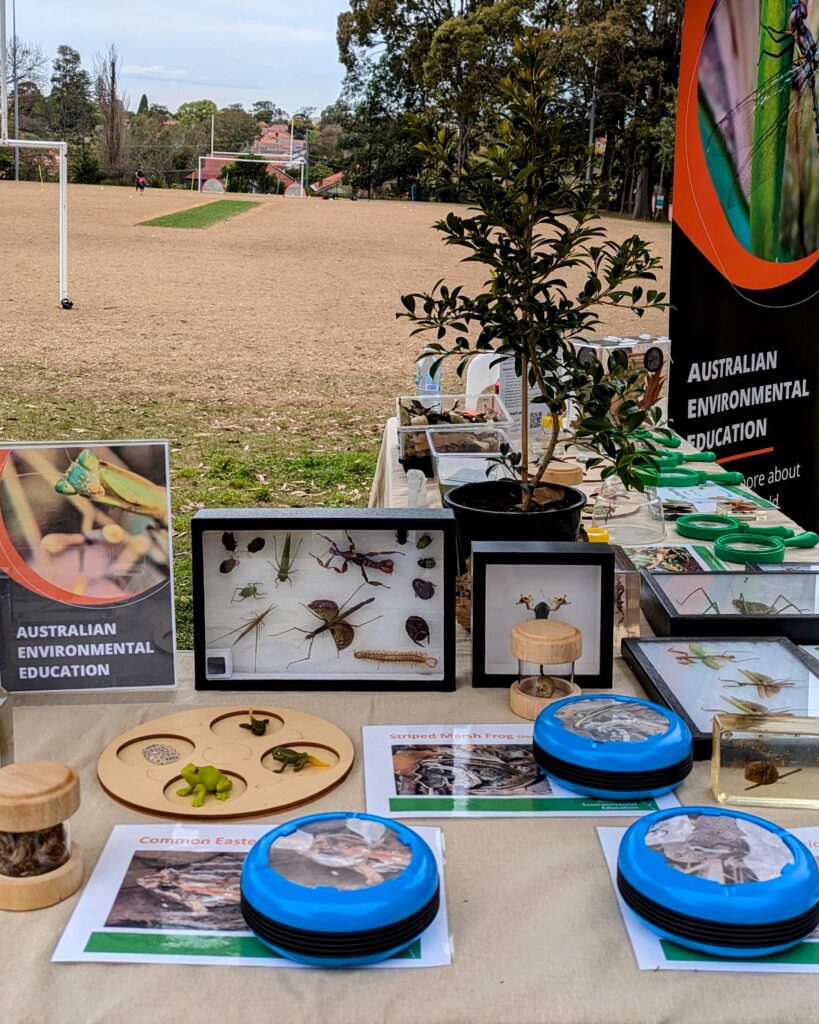
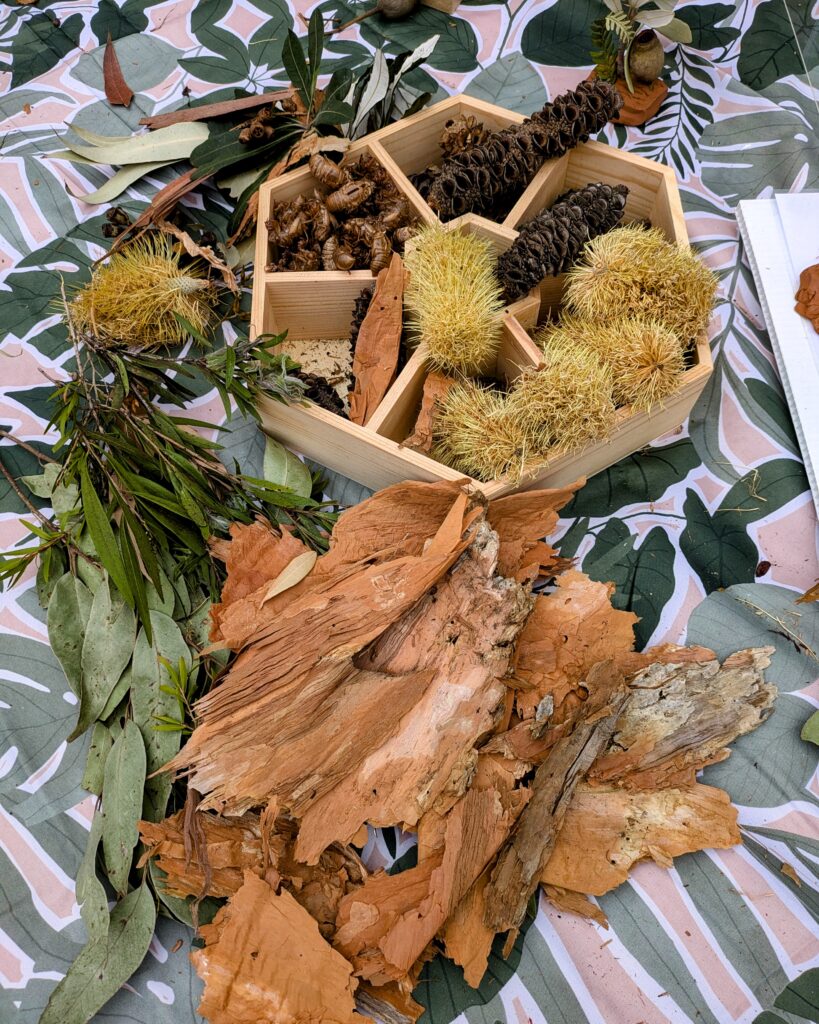
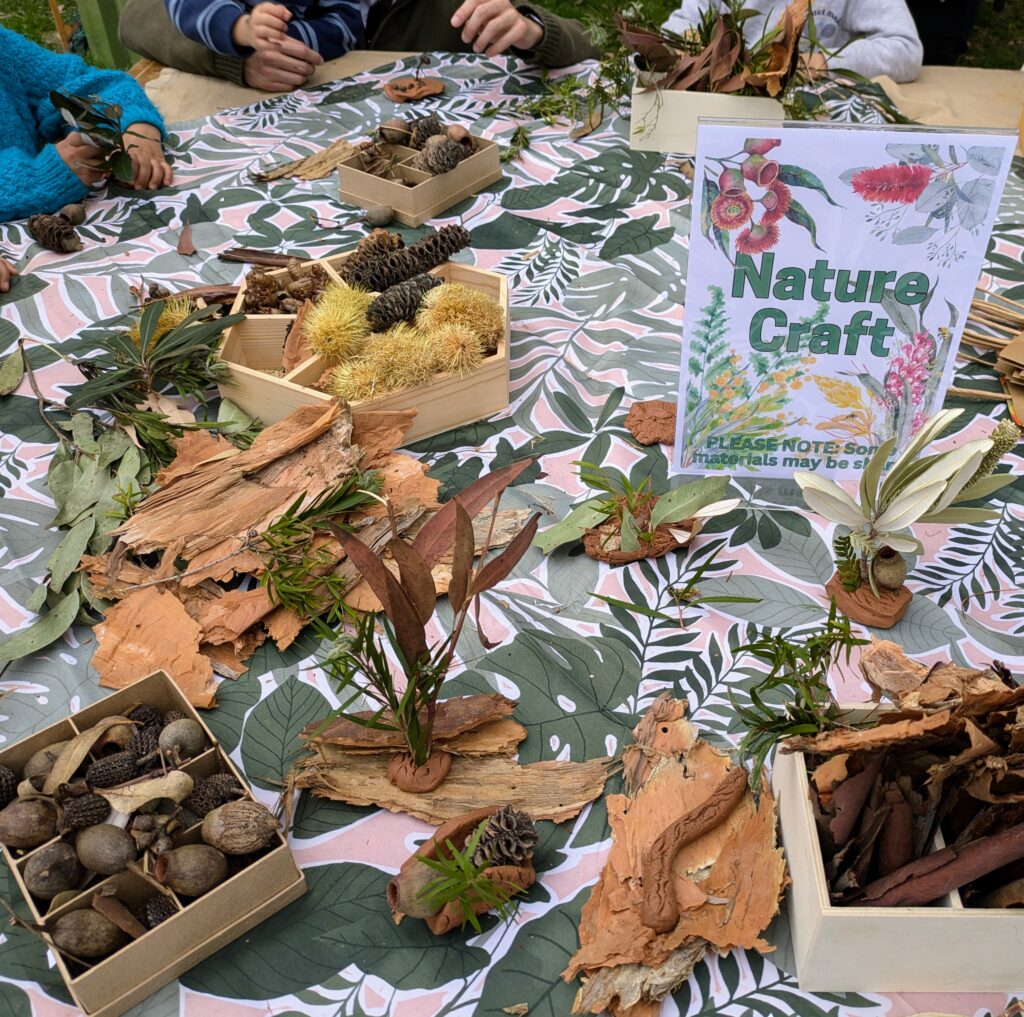
I definitely deserve a break after all these events, but September is Biodiversity Month and the 5th anniversary of launching Australian Environmental Education. Maybe October will be quieter!
